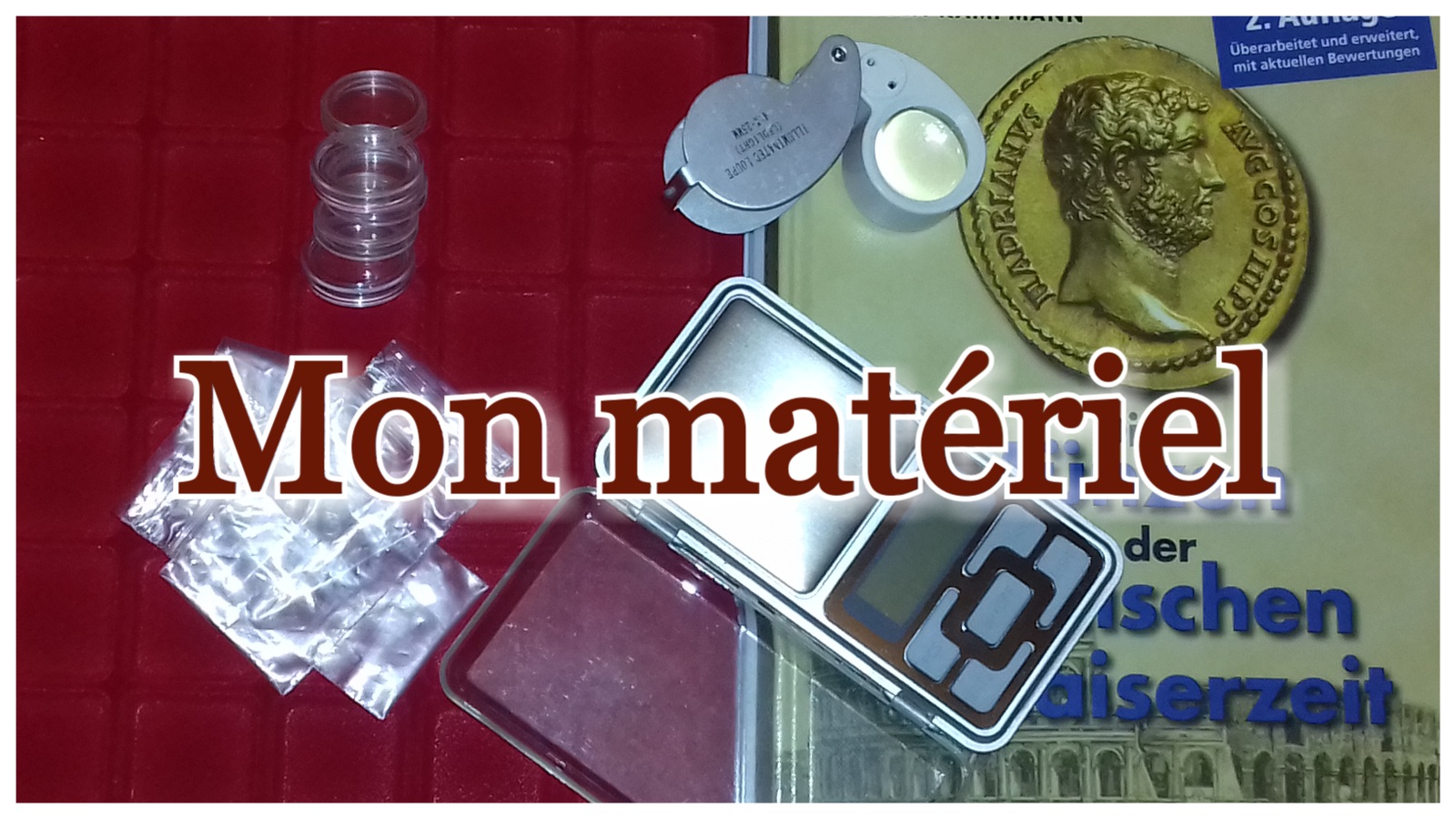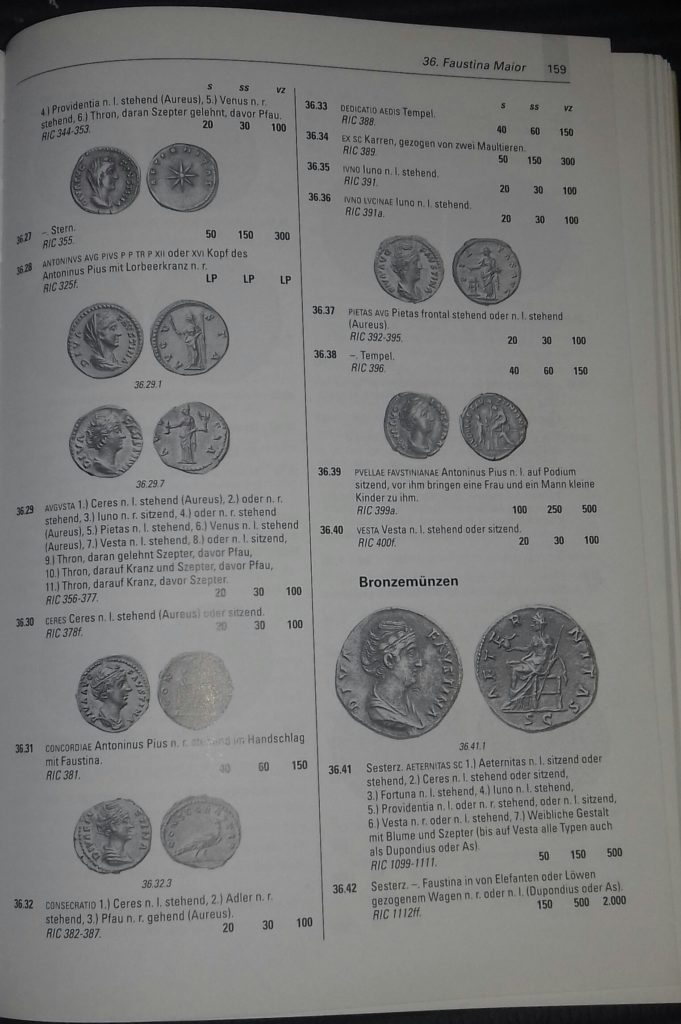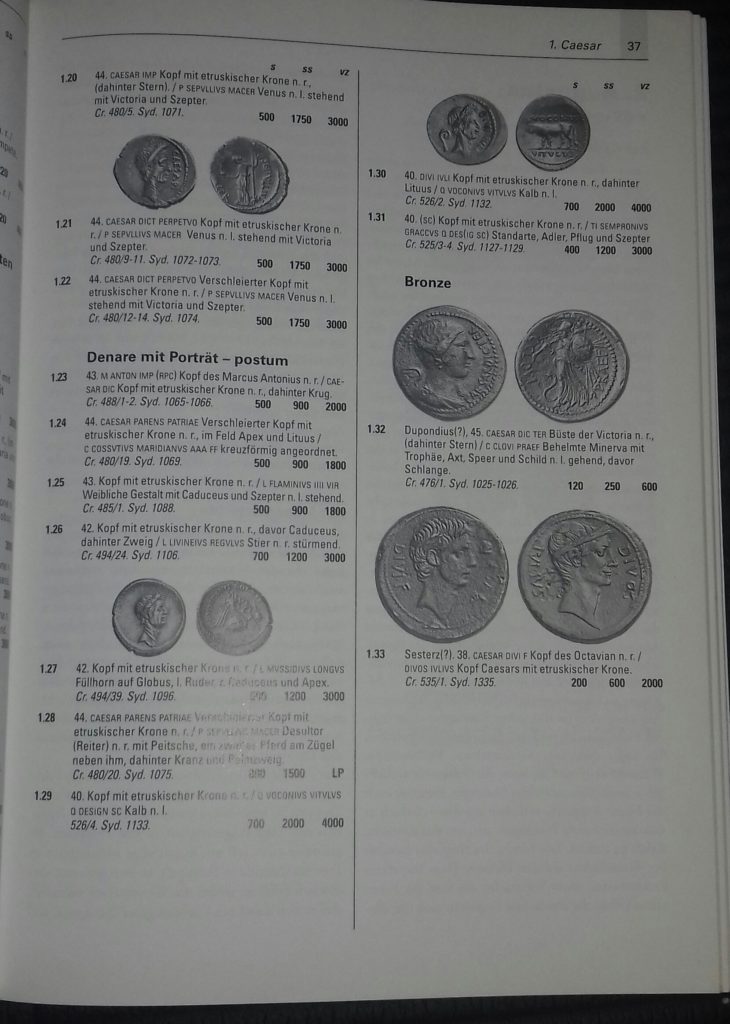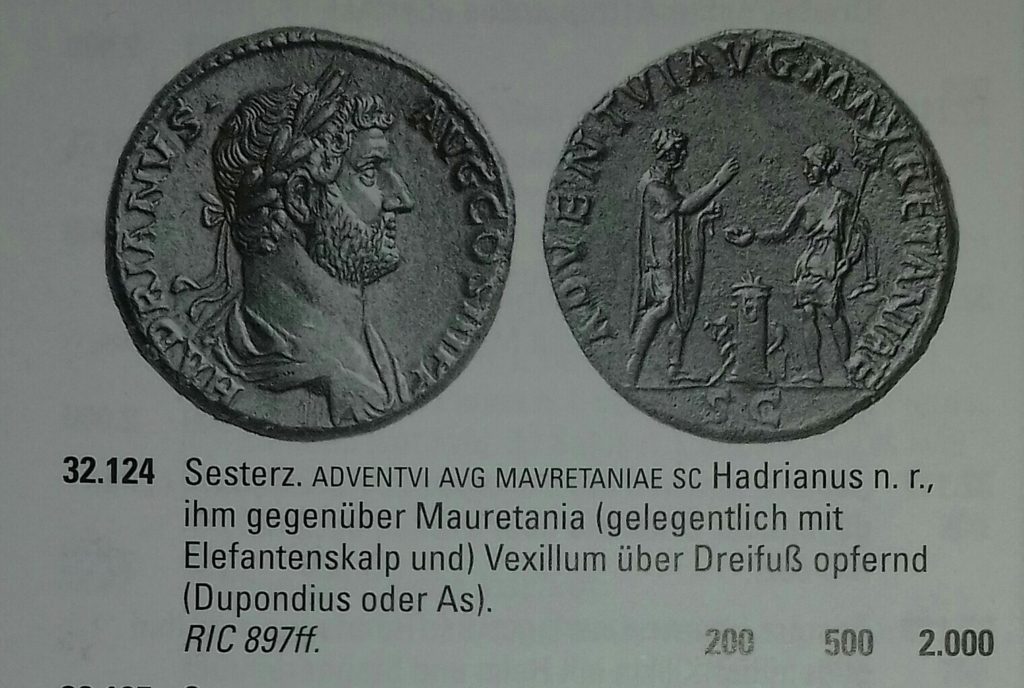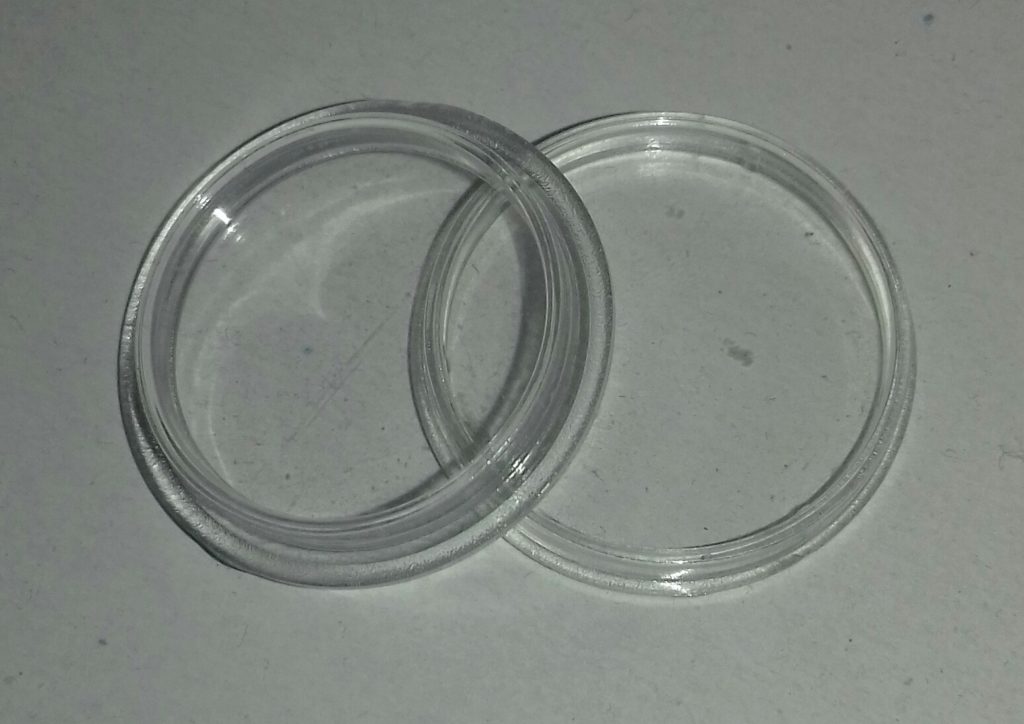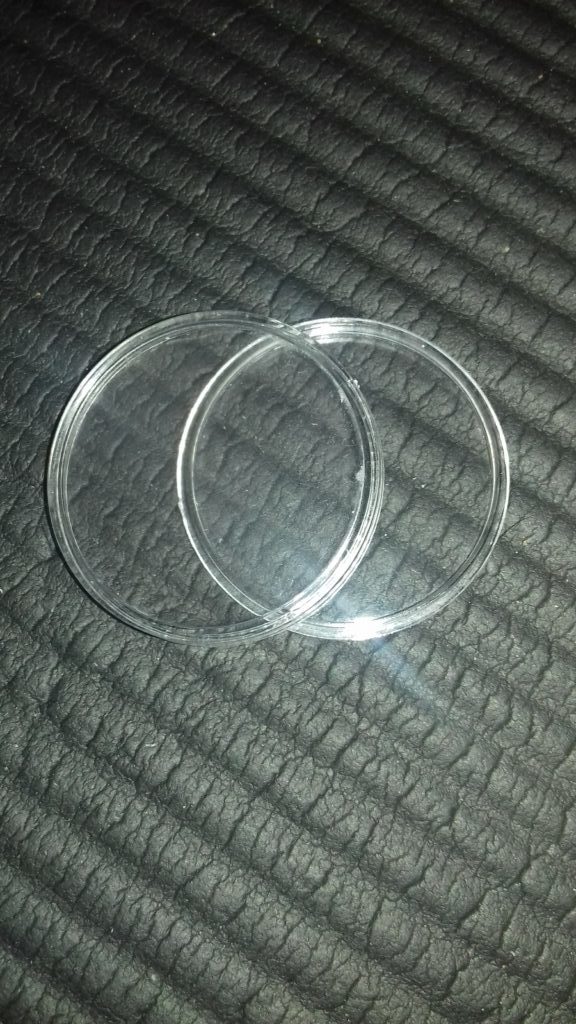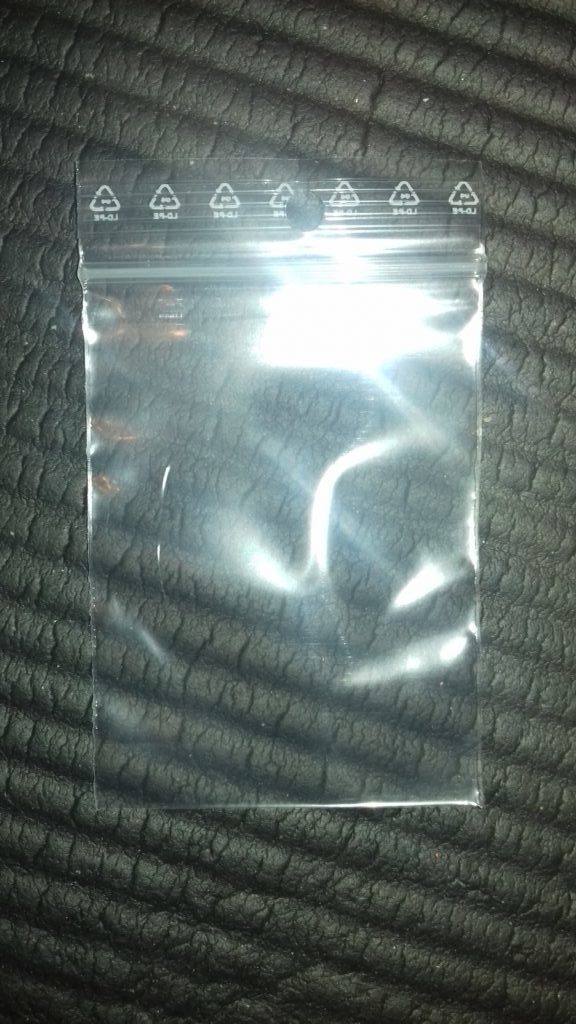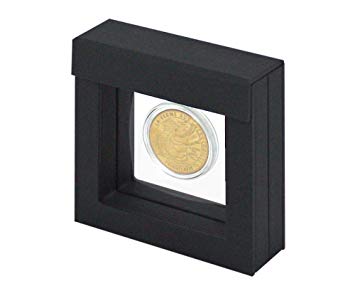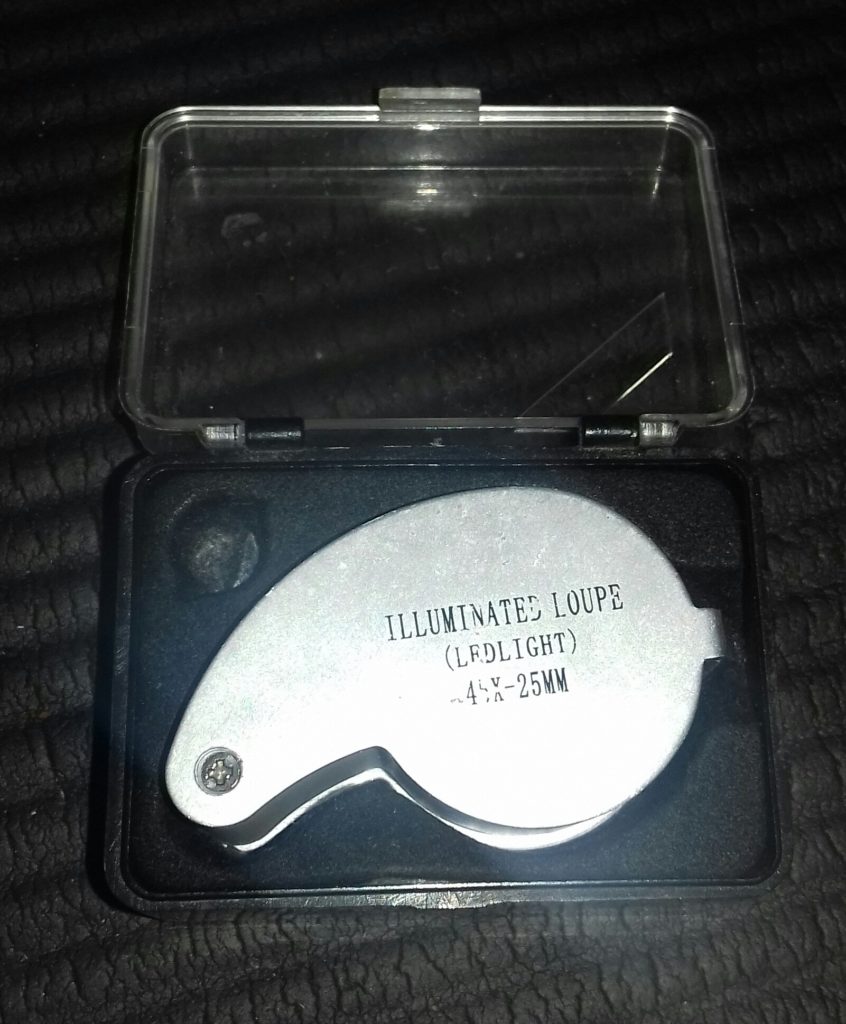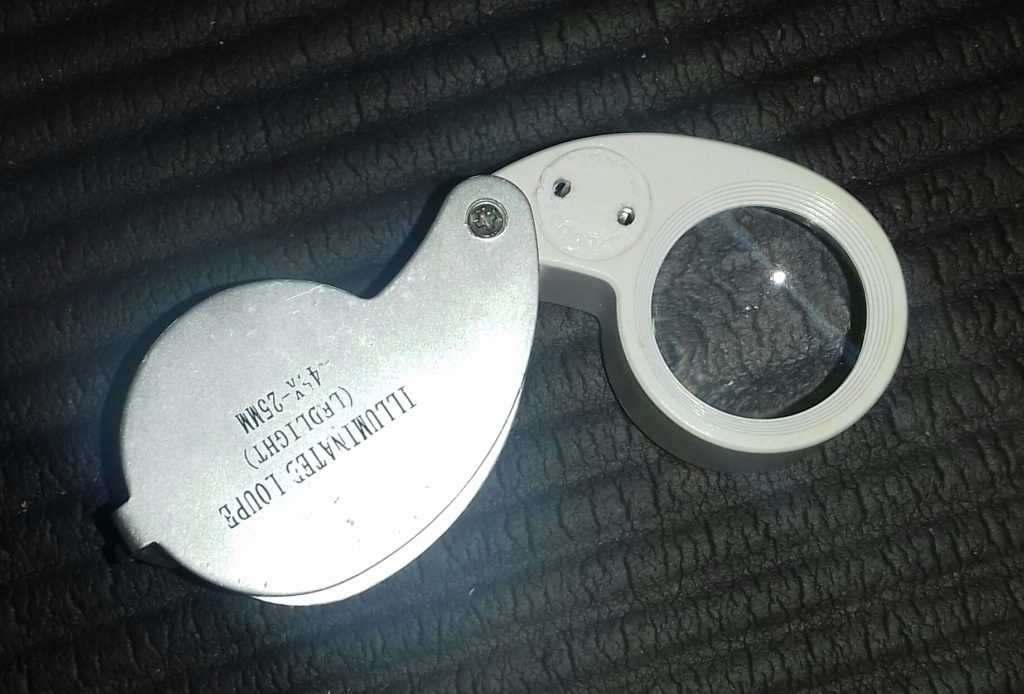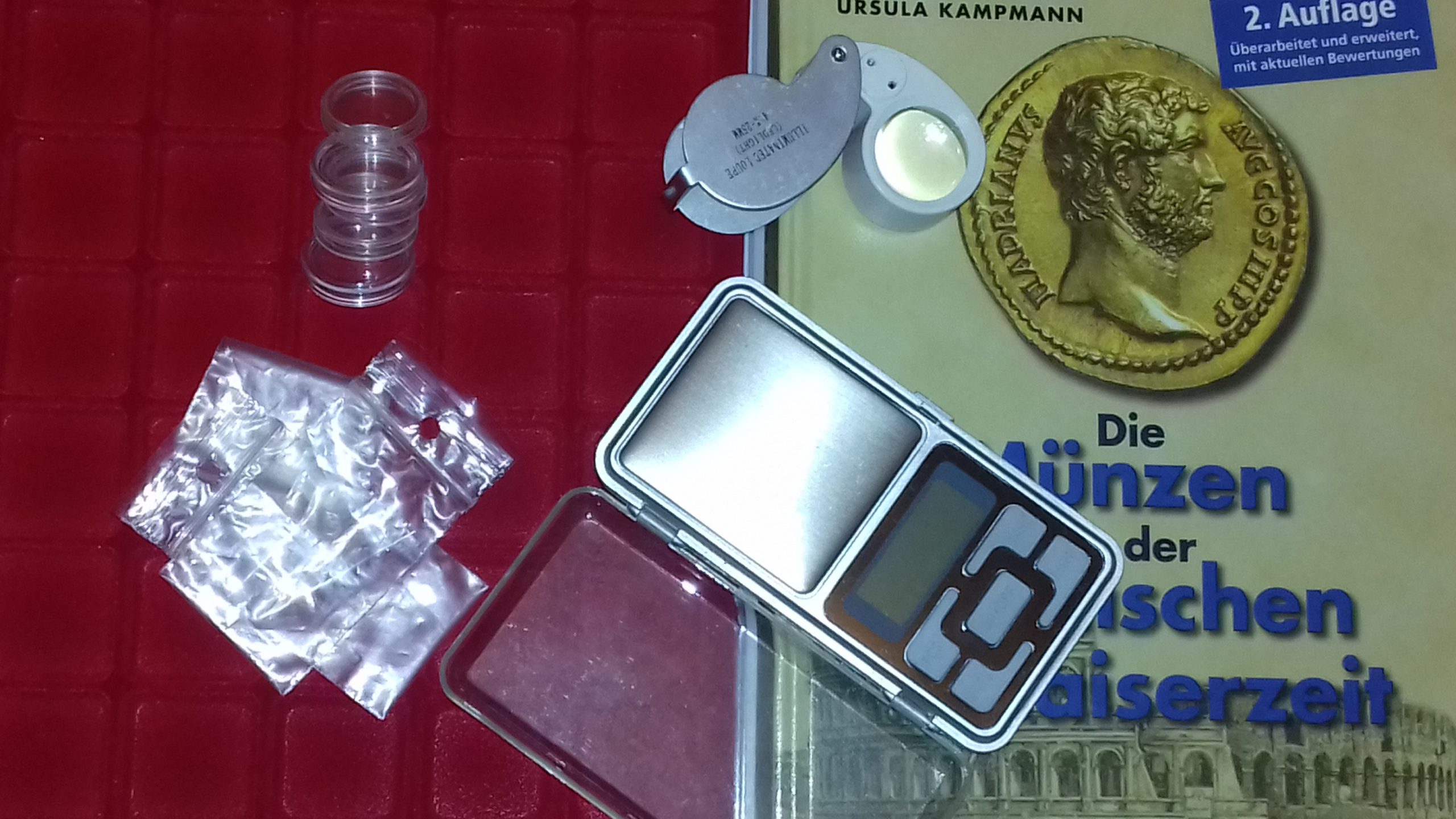Hello everyone ! How are you ? Today I am going to tell you about the material I use in numismatics. So, this material is simple and is perfect for beginners and professionals alike. This article will therefore be divided into three parts: information material, conservation material and finally miscellaneous material. Also, I shot a video on the same subject two days ago. So if you’d rather watch a video than read an article, here’s the link: https://youtu.be/rSNSPifS284. Finally, as you can deduce, I have a Youtube channel so go and subscribe (https://www.youtube.com/channel/UC2Gwco3CRaA_ZxSrw25LgIA) quickly! Several videos on numismatics are available and more are coming soon! Now, let’s get to the heart of the matter and especially good reading.
(A little transparency: each object presented will be followed by a link that will allow you to know more about it. These links will redirect you to an Amazon page where you will have the possibility to buy the product concerned. Obviously nothing requires you to do so. But as these are affiliate links, be aware that if you place an order, I will receive a small commission which allows me to finance a small part of the site and therefore to help me directly. Of course, that does not matter difference both in price and in services for you).
Identification material
In this category there is only one object which is a book. Before I tell you more about this book, I will tell you about this category. As you know, gaining knowledge when you start in numismatics is very important and it becomes essential when you continue in this topic. That’s why you have to train. So there are several means, videos, reading, conversation… Here, we will only be interested in reading with the book Die Münzen der römischen Kaiserzeit
Die Münzen der römischen Kaiserzeit
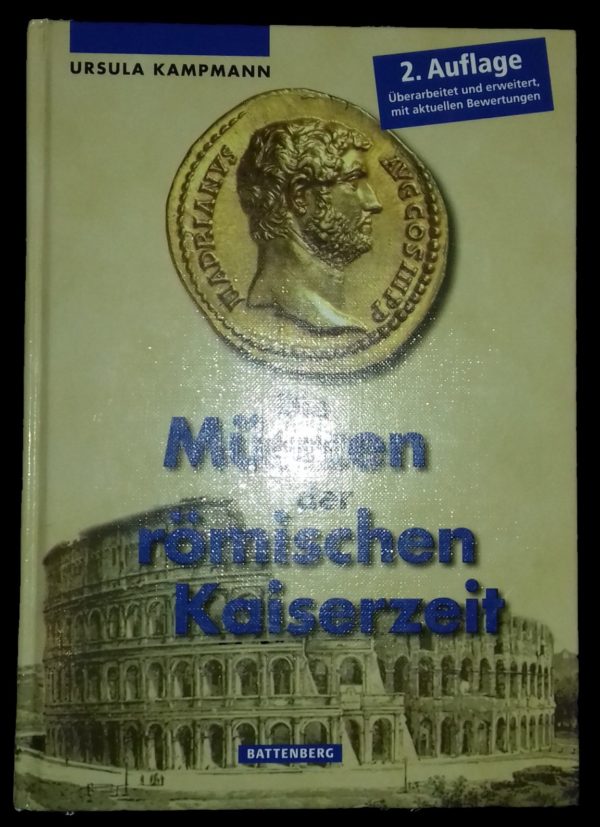
This is the only book I own that speaks directly to Roman coins. It was written by Ursula Kampmann and is about the coins of the Roman Empire. (A version exists for coins of the Roman Republic but I will speak about it briefly later). This book has several advantages:
- it lists a very large number of coins, so much so that you almost have to find the change you are looking for inside. Each coin has its detailed reverse and the legend written on it.
- the main coins are shown
- each coin is quoted according to its condition: good, very good, excellent.

- at the beginning of the book, an almost exhaustive list of allegories on coins is available. This list has illustrations and tells us about the characteristics of each allegory.
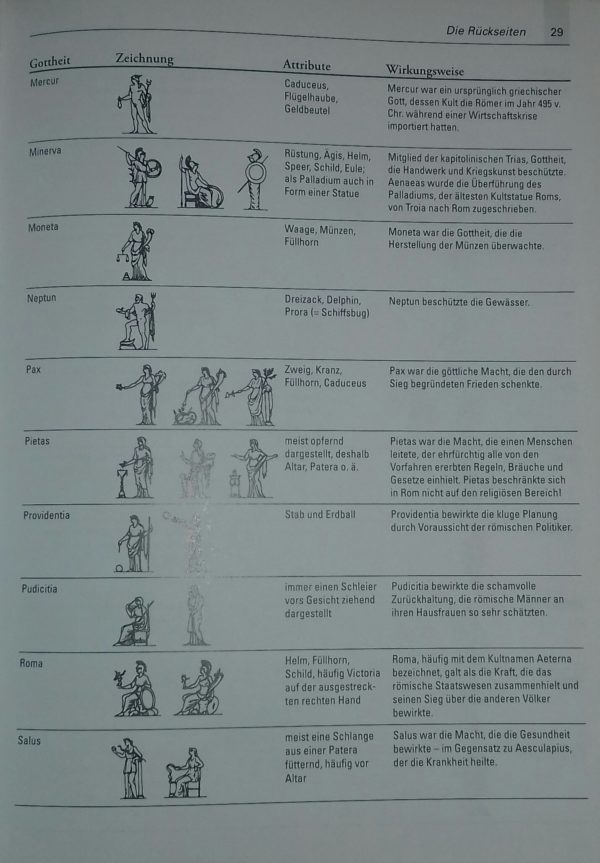
- at the end of the book there is an alphabetical list of emperors and empresses. This can be very useful in the event that we only know the name of the sovereign without knowing his dates of reign (because the book is listed in chronological order).
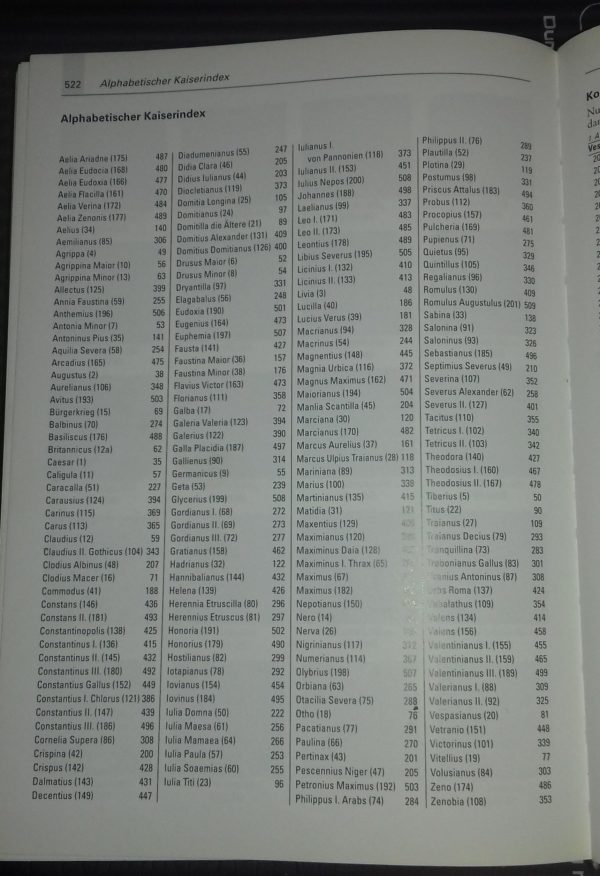
- another list identical to the previous one is also available except that this one presents the busts of the emperors and empresses. This is useful when identifying a coin.

Of course, there are other very useful things in this book, but I’ve shared the main ones with you.
This book has one drawback, however, it is in German. So don’t worry, the language barrier is really not a problem, I myself don’t know any German word and yet that’s not a constraint.
Link of Die Münzen der römischen Kaiserzeit: https://amzn.to/2L1ldsd
Regarding its price, it is more in the upper range of books since it costs 37 € on Amazon but the quality / price ratio is very good.
Die Münzen der Römischen Republik:
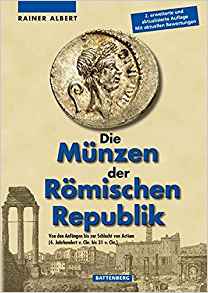
This book is therefore the “Roman Republic” version of the previous book and has the same characteristics as the latter. Unfortunately, I can’t show you pictures because I don’t own it and I don’t have a copy on hand.
The only thing that changes is its price since it is a little cheaper than Die Münzen der römischen Kaiserzeit since it costs € 31 on Amazon.
Die Münzen der Römischen Republik link: https://amzn.to/2Zv1pkQ
Conservation material
This category is very important because the coins you have in your hands are pieces of history and are very fragile. It is therefore necessary that you pay close attention to them and that you store them correctly. For this, different objects exist. Obviously, this is the material I use but there are many more.
The capsules
Capsules are unitary items that come in handy when starting out. Indeed, they are robust, available in several sizes (from 20mm to 40mm approximately) and are made to accommodate a single coin. So when we start and have two / three coins, we just have to buy two or three capsules and that’s it, our coins are protected.
Regarding their price, a capsule is worth around 30 cents, which is honestly not excessive.
Link to the capsules: https://amzn.to/2PhMmLD
Rigid pockets
Rigid pouches are a great alternative to capsules. Similar to the latter, this one is sturdy and can accommodate all coins, up to 45mm in diameter and are also made to hold coins. Finally, they take up less space than the capsules but are less resistant. Although they are still very robust.

For information, the cardboard version exists.
Price level, it takes around € 15 per 100 which is quite acceptable.
Link of the rigid sleeves: https://amzn.to/2Hs6UKP
The Soft protective bags
Last alternative: the sachets. These are surely the most famous way to store coins. Indeed, they are not expensive, take up little space and protect your coins. However, they protect your coins less well than capsules or pouches because in the event of an impact, the coins may be marked, which is unlikely to happen with the two previous items.
As for the price, there is nothing to say because they only cost a few euros per hundred.
Link of the bags: https://amzn.to/2PjvFzs
Trays
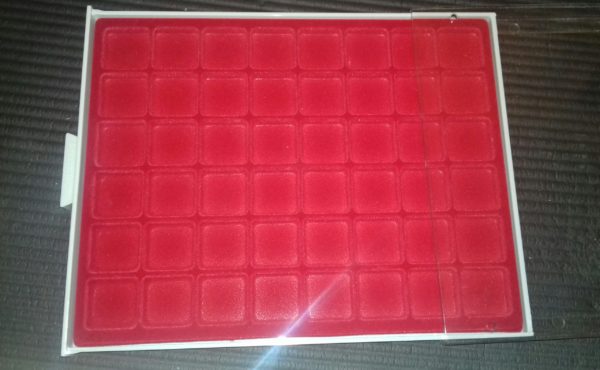
This is the object that I personally use and which is best for me. These are the trays. The trays protect your coins from shocks, dust, etc., present them properly and accommodate a large number of them (from a few dozen to over 100 coins depending on the diameter of the cells). Also, they save space since they are designed to be stacked.

Finally, although this is my favorite object and one that I use the most, I do not recommend it for beginners. Because if you are a beginner, unless you have bought a large batch of coins, you do not have to have a storage object that can accommodate, as in the photos, 48 coins. Indeed, at the beginning prefer more capsules or pouches. Then turn more towards the trays thereafter.
Regarding the price of this item, it is 20/25 €, which is fair if you put a lot of coins inside. For example, if you have a tray with a hundred wells, the price per coin is on average 23 cents.
Link of the trays: https://amzn.to/2PgXYhS
Presentation frameworks
Finally the last object of this category is the presentation frame. Exceptionally, it is not an object that I use but I still wanted to tell you about it because I know people who use it and are very satisfied with it. These frames, like the previous objects, are obviously there to protect your coin. However, their primary role is above all to embellish it. These are therefore ideal for coins that stand out: which are rare, fragile … This is why I advise you to buy this kind of frame only if you have a coin that is worth it (obviously on this side , All is relative). Indeed, these frames take up a lot of space, which can quickly become annoying if you have a lot of them and they are expensive.
It takes around € 10 to get one.
Presentation frames link: https://amzn.to/2HuUjGN https://amzn.to/2PiUkE6
Miscellaneous equipment
This category presents all the objects that are used repeatedly in numismatics. For that, I selected two, the two main ones for my taste.
Magnifying glass
The magnifying glass is undoubtedly the most famous and most widely used item in numismatic circles. Indeed, this has many advantages. It allows you to look at your coin in detail, to see things that you will not see with the naked eye, sometimes to determine if a coin is true or false … Also, it is an object that is not used. not only in numismatics but which can also be used in everyday life.
Finally, in terms of price, there is nothing to say since it takes around 3/4 € to get a magnifying glass.
Magnifier link: https://amzn.to/2HuHXP7
The Weighing machine
The second and final object in this category is the scale. This obviously allows you to know the exact weight of your coin and this is very important. Indeed, by knowing the weight, you can more easily identify the coin, as in the case of Roman coins, where we can differentiate the types of coins according to their weight (and the metal of course). Also, a scale allows you to know if your change is filled or not. Indeed, if you have a silver coin that has a low weight, it probably indicates that that coin is made of copper, covered with silver. In short, that it’s stuffed. Finally this object, just like the magnifying glass can serve you in everyday life and not only in numismatics.
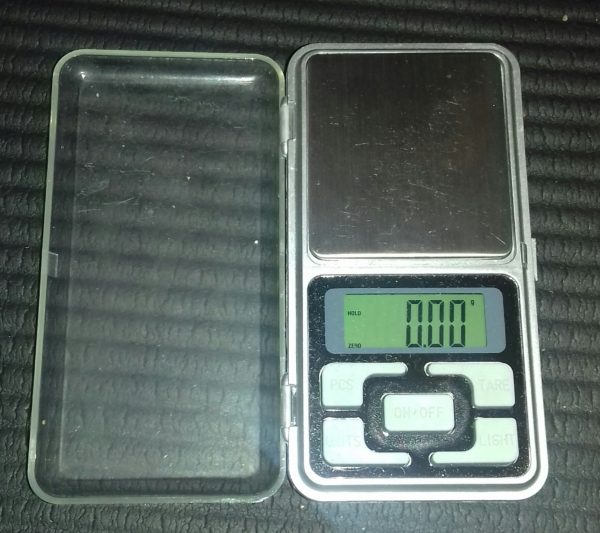
In terms of price, it is also a very affordable object because for around 4/5 €, it is very easy to find.
Weighing machine link: https://amzn.to/2ZtnDJ7
Here is this article, where I present you the material that I use and at the same time, the material that I advise you to have when you start is now complete. Hope you enjoyed it, if so, let me know in the comments and also let me know what hardware you use. If you have a specific topic that you would like me to cover in a future article, let me know or send me an email. See you in two weeks!
Receive my free book Around the Roman Coin by clicking here

